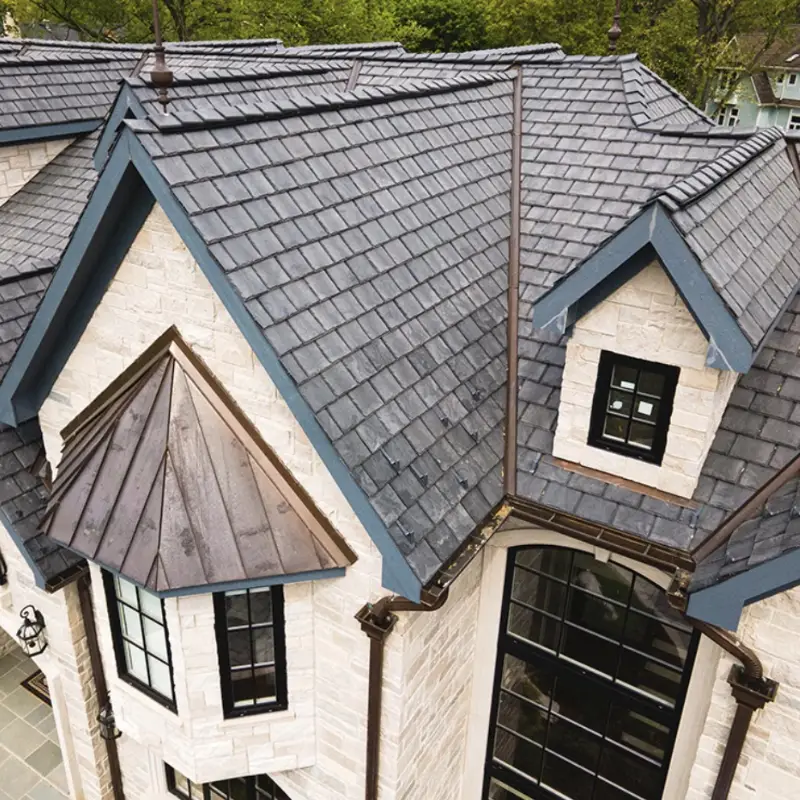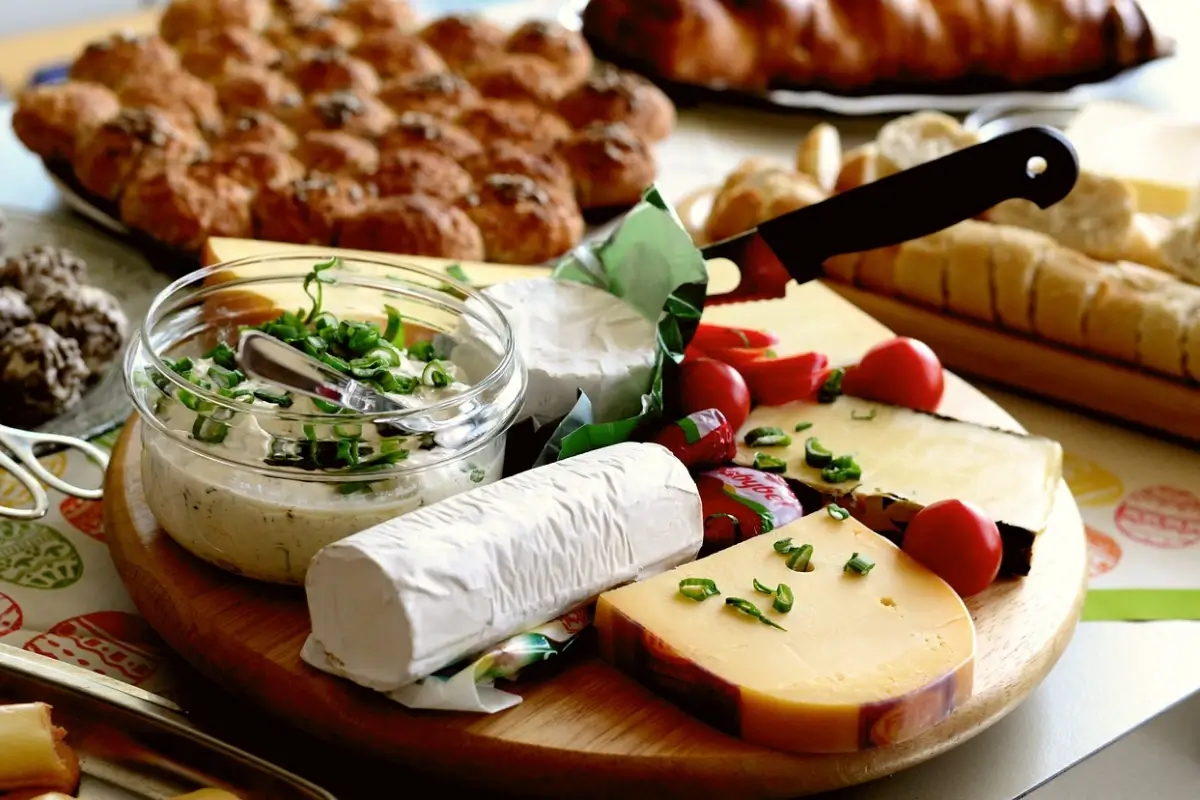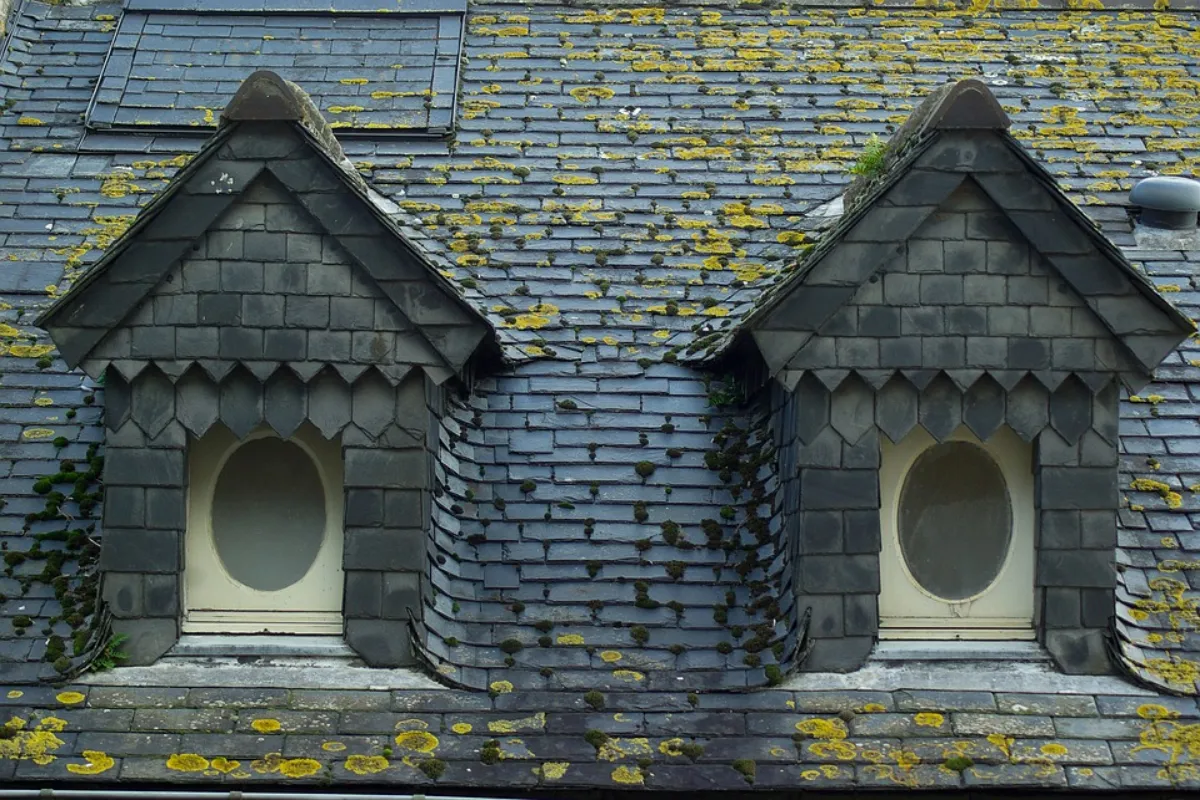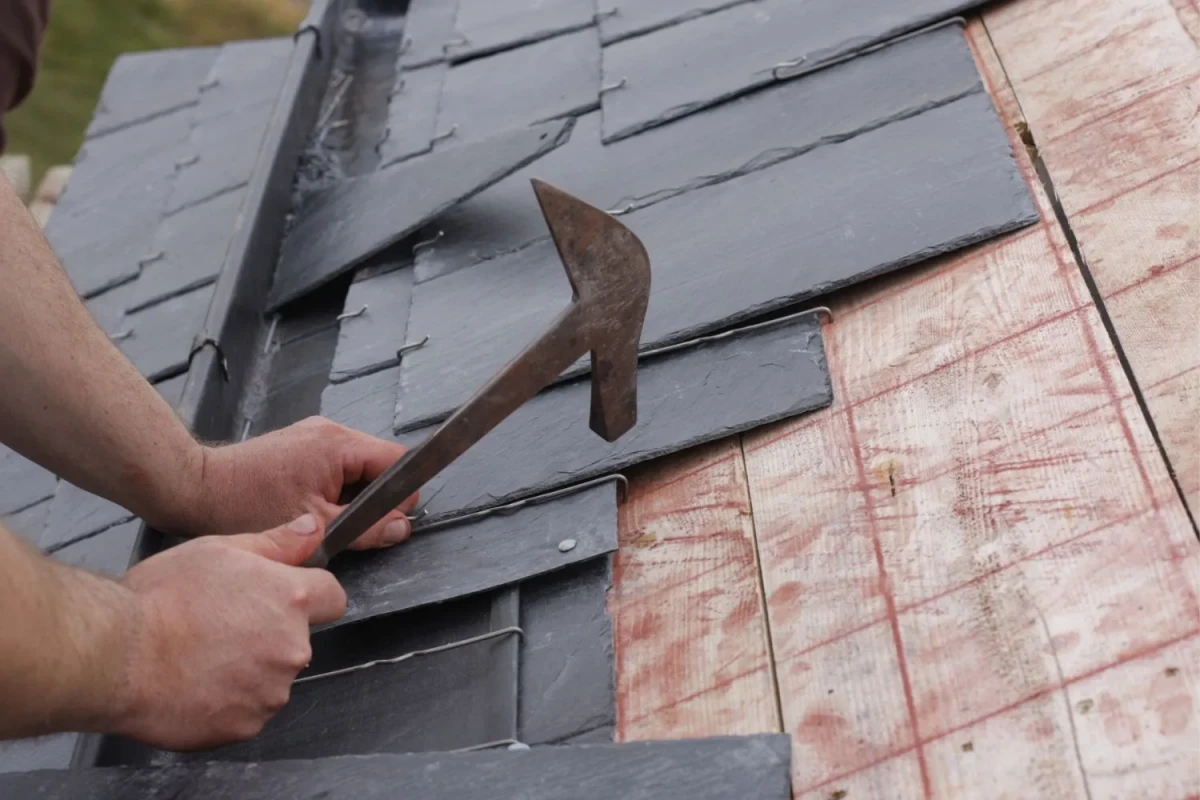The Intricate Process of Slate Roof Tile Production
Roofing materials come in a wide variety of options, each with its unique blend of functionality and aesthetics. Among these materials, slate roof tiles have long been celebrated for their natural beauty and remarkable durability. If you’re curious about how these iconic tiles are made, you’re in the right place.
1. Sourcing the Slate
The journey of a slate roof tile begins deep within the earth. Slate is a metamorphic rock, mainly composed of clay minerals such as mica, chlorite, and quartz. These raw slabs are typically extracted from quarries, where layers of slate deposits have formed over thousands of years. The location and geology of the quarry significantly influence the slate’s quality and characteristics.
2. Extraction and Splitting
Once the slate is unearthed, it is then split into smaller, workable pieces. The process of extraction and splitting requires skilled laborers who use traditional tools like chisels and hammers. The goal is to split the slate into individual tiles with an even thickness and a smooth surface. This step is both labor-intensive and artful, as it determines the quality and aesthetics of the final product.
3. Shaping and Trimming
After splitting, the slate tiles are trimmed to their final shape. This usually involves cutting the tiles into rectangular or square forms, ensuring that they have straight edges and consistent dimensions. Again, this is meticulous work that requires precision to create uniform tiles.
4. Hole Drilling
Roofers often use slate tiles with pre-drilled nail holes for secure attachment to the roof structure. They drill holes into the top corners of each slate tile during this step. High-speed drills are commonly employed, ensuring uniformity in hole size and placement.
5. Milling the Edges
To ensure that the tiles fit together seamlessly on the roof, their edges are milled. This process involves grinding the edges to create a beveled or interlocking profile, depending on the style of the tile. These milled edges are crucial for preventing water infiltration and maintaining the roof’s integrity.
6. Quality Control
Before the slate tiles leave the production facility, quality control inspectors meticulously assess each tile for imperfections. These may encompass cracks, fluctuations in thickness, or irregular shapes. If a tile falls short of the stringent quality standards, workers remove it from the production line.
7. Grading and Packaging
After passing inspection, experts grade the slate tiles according to size, thickness, and overall quality. This grading process guarantees that when these tiles are installed, they match perfectly. Subsequently, the workforce meticulously packages the tiles for shipment to suppliers and roofing contractors.
The production of slate roof tiles is a labor-intensive and meticulous process. However, the result is a roofing material known for its natural beauty, durability, and longevity. Whether you’re considering slate for your next roofing project or simply intrigued by the craftsmanship behind these iconic tiles, understanding the slate tile manufacturing process can deepen your appreciation for this remarkable roofing material.
2023-10-30





